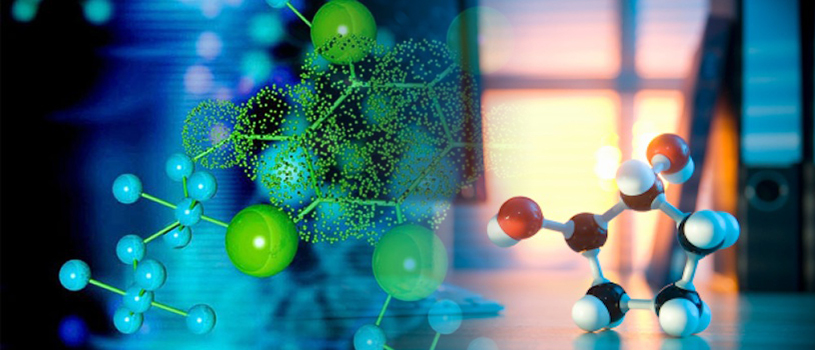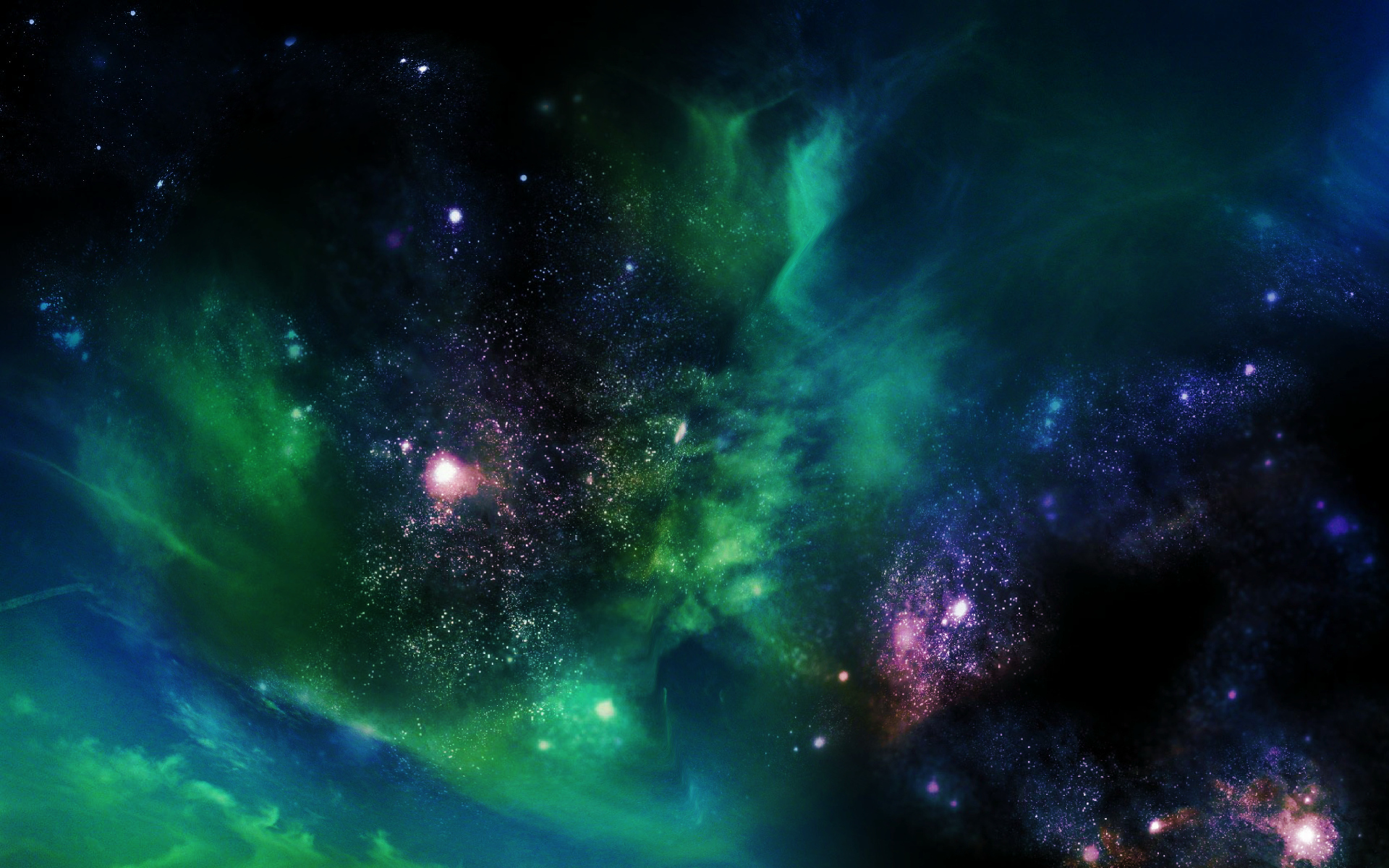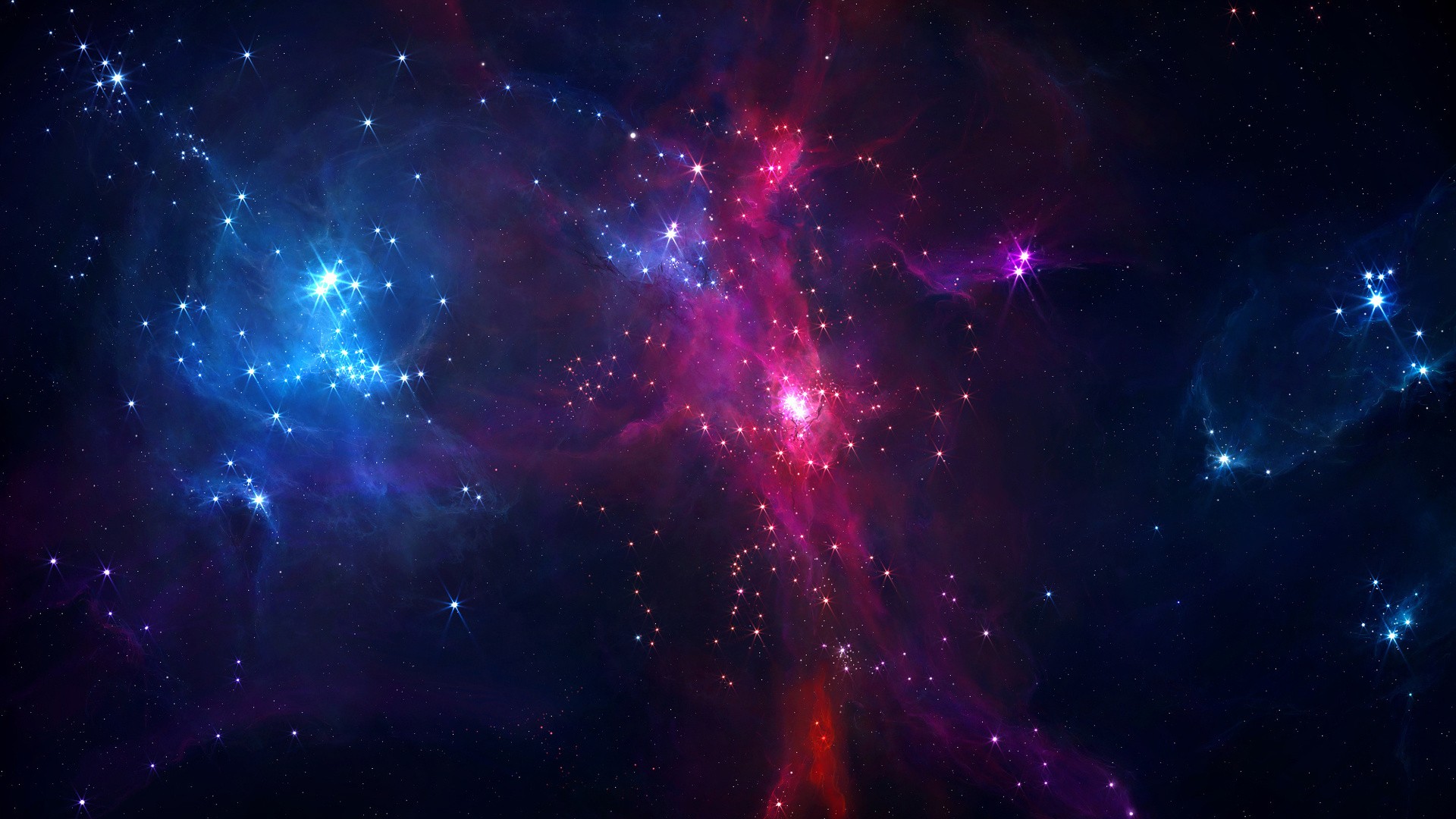
From stationary to flying qubits at speeds never reached before... This feat brings us a little closer to the era when information is transmitted via quantum principles.

Three scientists working in the United States were honored for discoveries of "topological phase transitions and topological phases of matter".

An international team of astronomers reports that they were able to achieve four times better precision in measurements of how the universe's visible matter is clustered together by studying the empty spaces in between.

Tuning cold plasma can either promote or inhibit bone formation.

Antimatter is at the heart of one of the great mysteries in modern physics — why our universe has stuff in it.

Harnessing the shared wave nature of light and matter, researchers have used light to explore some of the most intriguing questions in the quantum mechanics of materials.

New research uncovers an unusual form of matter - not a conventional metal, insulator, or magnet, for example, but something entirely different.

Using breakthrough techniques on some of the world

(PhysOrg.com) -- Physicists at the University of California, San Diego have discovered patterns which underlie the properties of a new state of matter.

(PhysOrg.com) -- Physicists in Italy have discovered the first evidence of a rare nucleus that doesn’t exist in nature and lives for just 10-10 seconds before decaying. It’s a type of hypernucleus that, like all nuclei, contains an assortment of neutrons and protons. But unlike ordinary nuclei, hypernuclei also contain at least one hyperon, a particle that consists of three quarks, including at least one strange quark. Hypernuclei are thought to form the core of strange matter that may exist in distant parts of the universe, and could also allow physicists to probe the inside of the nucleus.

Researchers working at the US Department of Energy

Astronomers report in the journal <em>Nature</em> that organic compounds of unexpected complexity exist throughout the Universe. The results suggest that complex organic compounds are not the sole domain of life but can be made naturally by stars.

Large cosmic structures made up of dark and normal matter evolve along the same lines -- this is one of the most important conclusions emerging from the latest computer simulations.